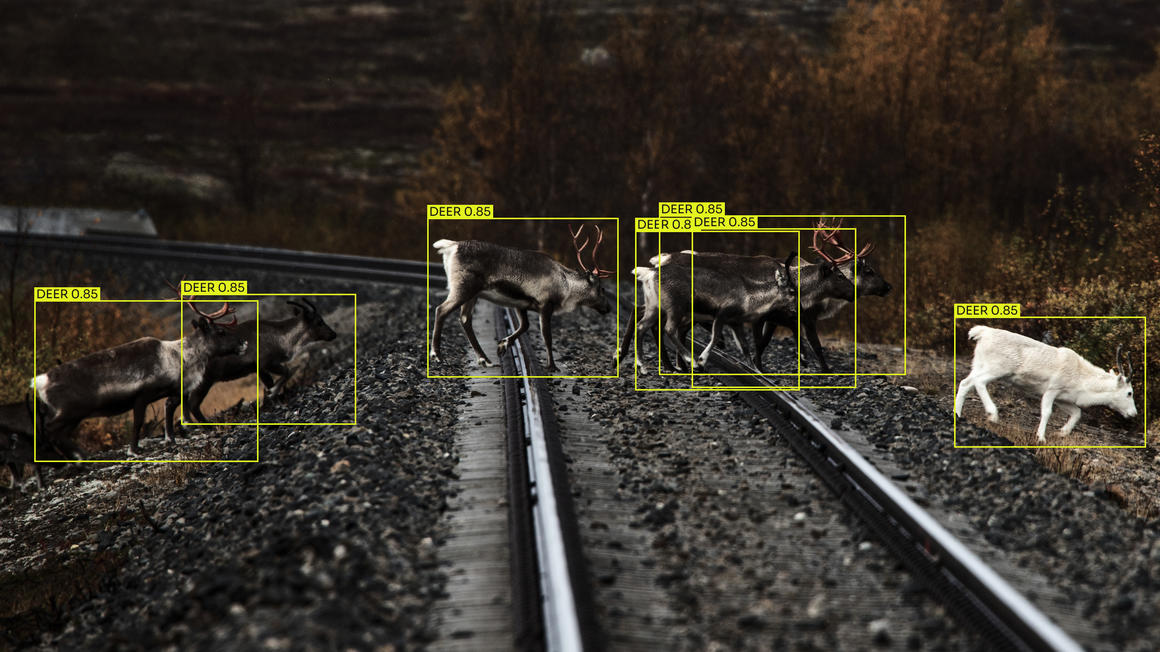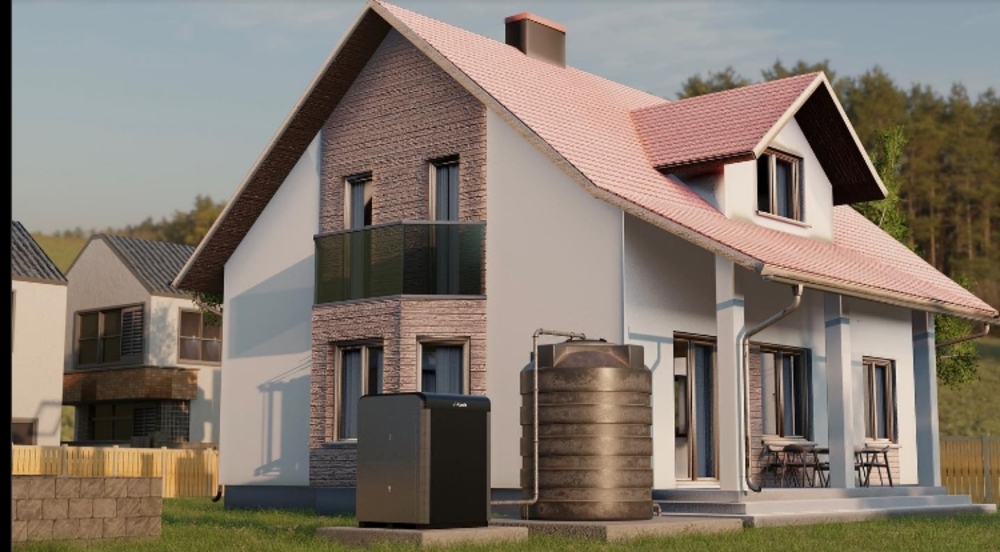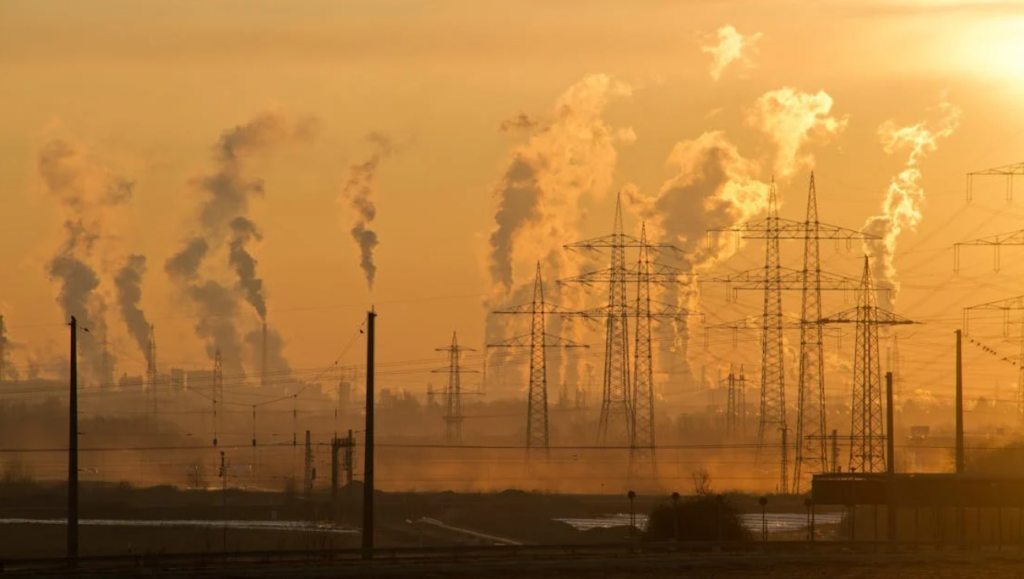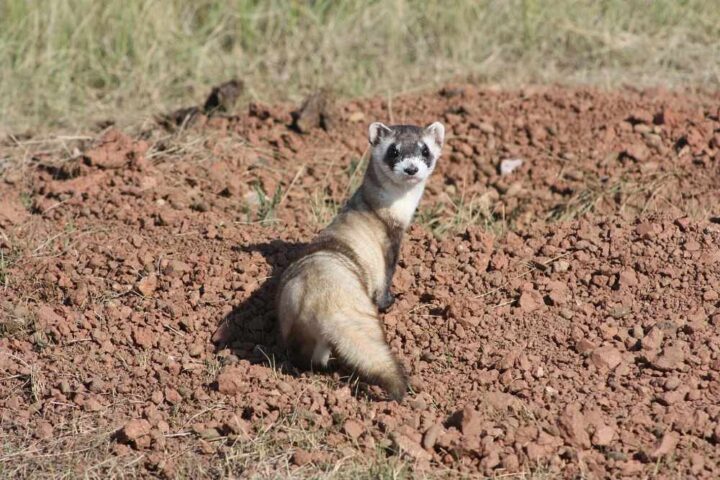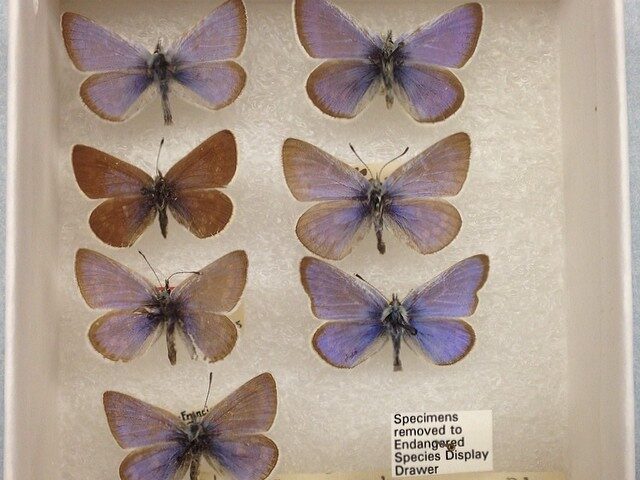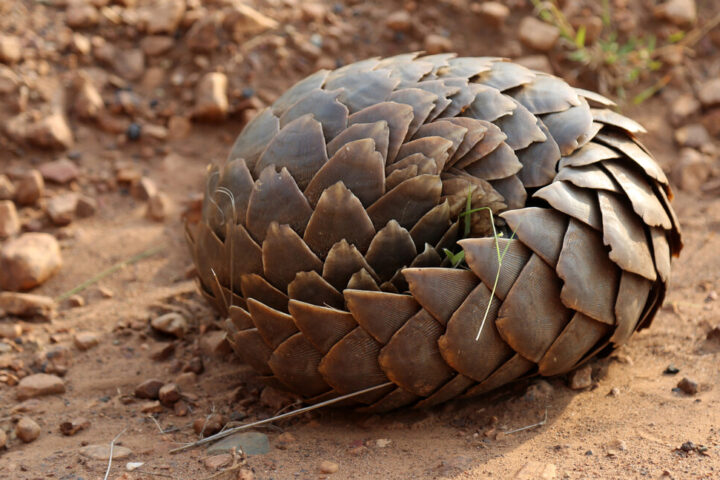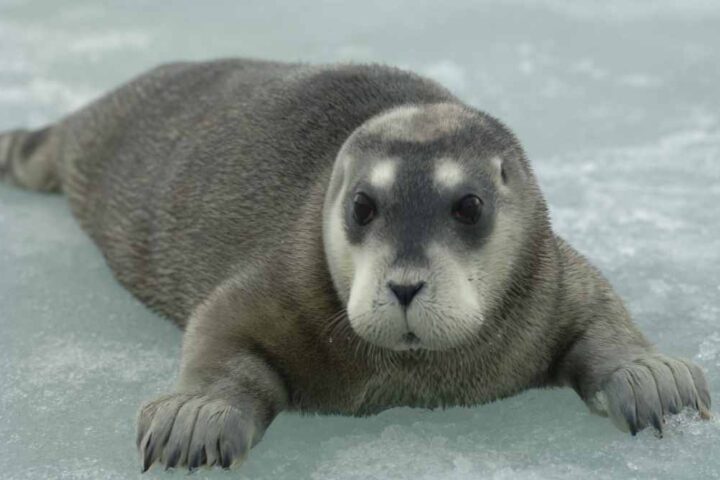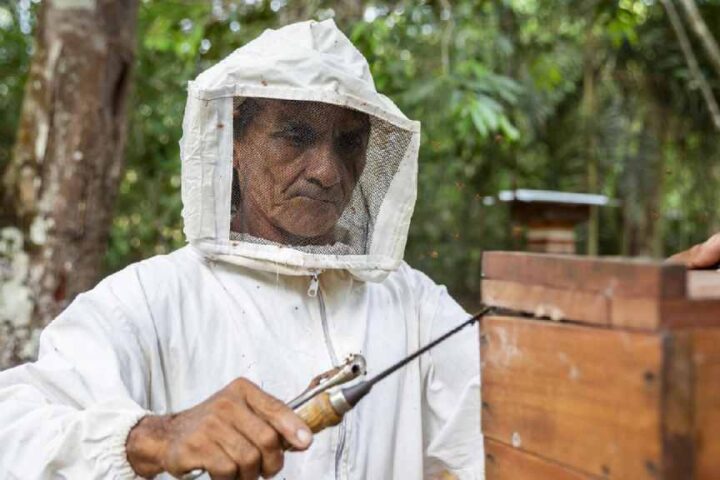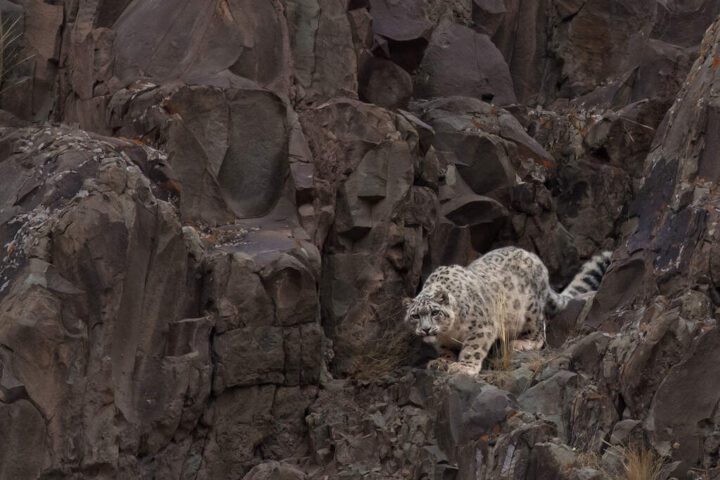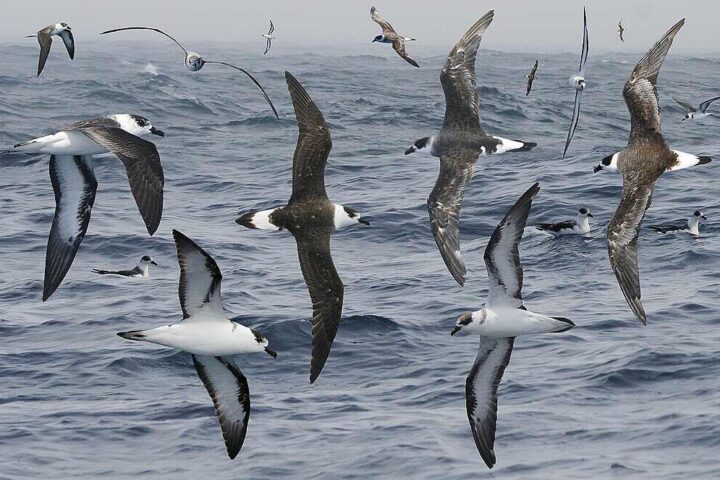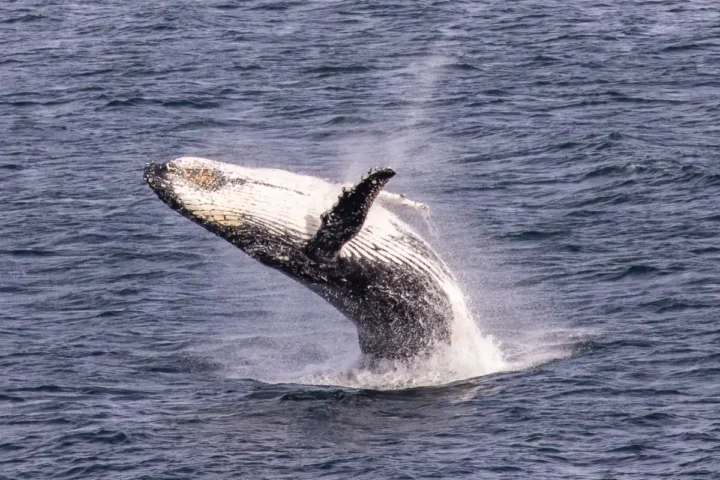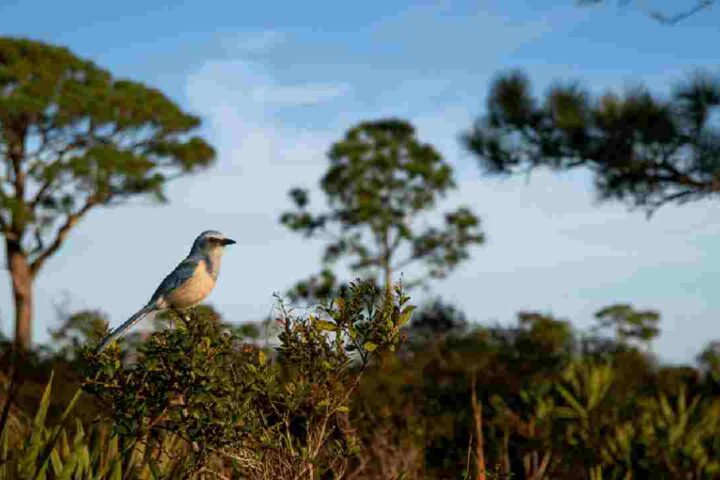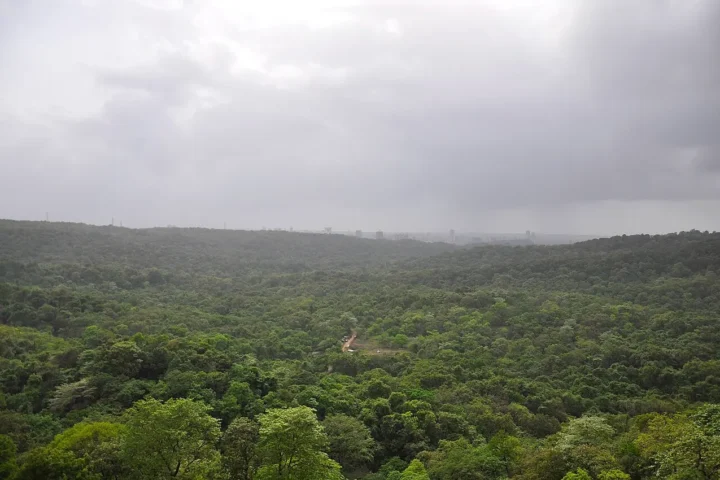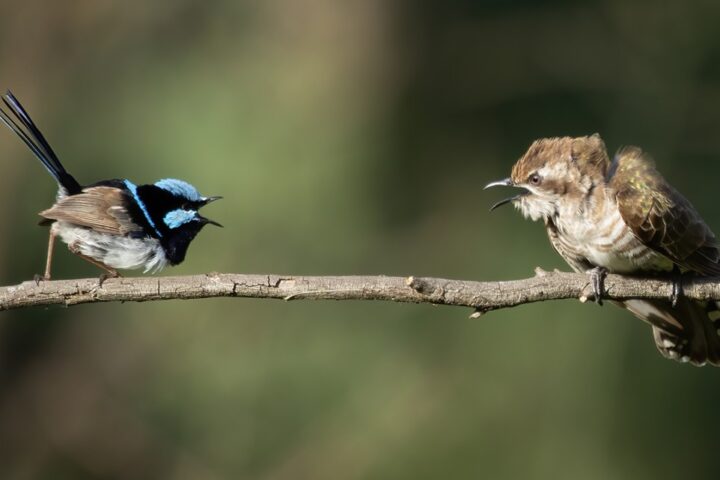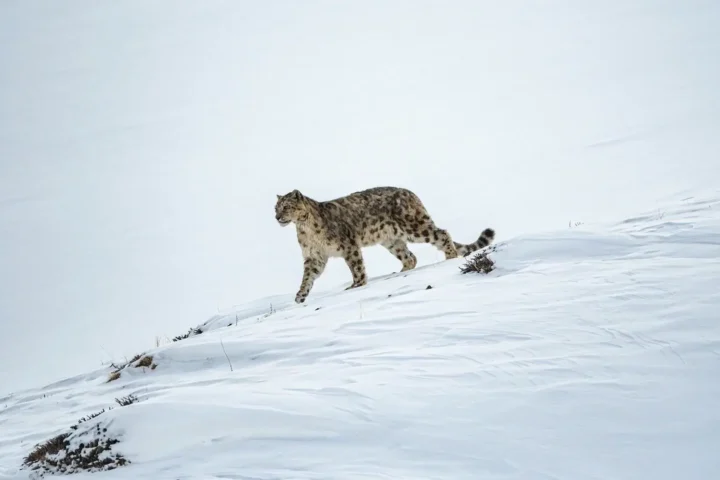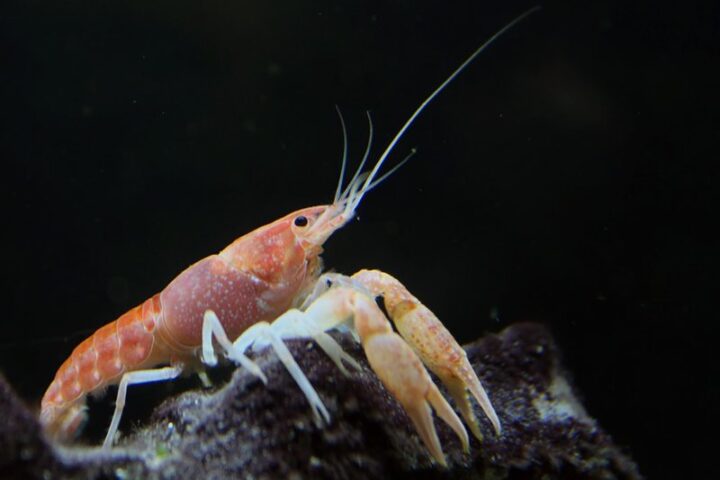These are the days of new breakthroughs in AI. One such innovation is taking place in Railways. Vinnova is funding Alstom-and Flox to conduct field tests of a groundbreaking AI system. The new system will prevent collisions between trains and wildlife. Alston and Flox together have received SEK 3.3 million . Sweden reports every year around 5k animal collisions.
The new AI system will reduce both accidents and damage to trains while protecting wildlife . The railway safety is going to be revolutionized by the project. “By combining our expertise in sustainable mobility with cutting-edge AI technology, we are taking an important step towards creating safer railways while protecting wildlife,” says Maria Signal Martebo, CEO of Alstom Sweden.
An innovator with expertise in AIand image analysis, Flox has developed a system to identify and deter wild animals from reaching railway tracks. A deterrent is created that prevents accidents efore they happen, by using tailored sound signals for different animal species. Now the system will be validated in a railway environment in Sweden, after successfully testing this technology.
In both Europe and the US, the system knows wildlife and reacts in different scenarios such as airports, traffic intersections, mines, cities, and agriculture. The CEO of Flox, Sara Nozkova, says , “Our train- based Flox technology is based on advanced AI and in- depth understanding of animal behavior, making it possible to protect both train traffic and wildlife. Together with Alston, we can now validate the solution in a railway environment and make a real difference to both safety and nature.”
A powerful foundation for groundbreaking advances in railway safety is created by the combination of Alstom’s products and expertise in railway signaling solutions, and Flox’s unique software technology. A field test will be carried out on selected railway lines in Sweden During the autumn of 2024 and winter of 2025, building on this foundation. Vinnova is supporting the project because of its high potential for national and international dissemination.
Similar Posts
Alston has opened its “Innovation Station” in Stockholm in 2024 to develop technological advances and innovative solutions in the transport sector. IS ( Innovation Station) is a hub for partnership with startups at the forefront of technology. The collaboration with Flox is a good example for contributing to the growth of local startups and development of Alstom’s offering.
Head of Alstom’s IS in Stockholm, Gael says, “The grant from Vinnova confirms our work to drive innovation and development in rail and infrastructure. Thanks to this funding, we can deepen our involvement in the bright startup landscape in the Nordics .” With over a thousand trains delivered to the Swedish railways and several large maintenance contracts , Alstom is the largest supplier in the Swedish train market.
In short, the cutting – edge AI system onboard trains reduces accidents and protects wildlife through deterrent audio signals. Field tests will be carried out on selected railway lines in Sweden During autumn 2024 and winter 2025. The project is considered as part of the work towards achieving Sweden’s and the EU’s goals for sustainable and safe transport. It’s a win- win situation for Alston, Flox, Swedish railway system and wildlife.
